When picking the right lighting, both 5000K and 6000K LED lights have their own charm. Navigating these two intriguing options might seem complex, but rest assured. This comparison guide will illuminate the path and help you make the best choice.
5000K gives off a gentle daylight glow, while 6000K offers a brighter, cooler white light.
Let’s investigate the mystery of 5000K and 6000K. We’ll look at how bright they are, their color temperature, and what they’re used for. Join us, and enhance your lighting wisdom.
Understanding Color Temperature and the Kelvin Scale
Definition and Measurement of Color Temperature: Understand the basic concept of color temperature, including the Kelvin scale.
Color temperature is not just a number; it’s a measurement that shows how light looks. The term doesn’t mean heat. It describes how light looks from a bulb or LED strip.
The Kelvin scale measures temperature. It starts with warm colors at around 2700K and goes up to cool colors at 6500K or even more. The color temperature changes with the sun’s position throughout the day.
Within this spectrum, 5000K and 6000K hold a unique place as they fall into the daylight category:
5000K: The temperature of 5000K is like the sunlight on a fresh morning, balanced and lively. The natural tone is great for reading and crafting because accurate colors matter.
6000K: Conversely, 6000K provides a more robust and stimulating white light. The bright light on a clear day at noon is perfect for tasks needing focus and detail.
Discover the main differences between 5000K and 6000K light color temperatures
5000K and 6000K may seem similar, but they meet different preferences and needs. They have unique styles and functions.
5000K: 5000K is a popular choice for places where people want to feel calm and relaxed. This color temperature gives living rooms and bedrooms a calm and welcoming atmosphere. It improves the overall look of the room without being too intense.
6000K: Conversely, 6000K promotes a more energetic and alert atmosphere. This light is great for workplaces, labs, garages, or anywhere you need to concentrate. The clear and cool quality of it helps you concentrate better. It’s perfect for reading or tasks.
5000K LED Light: A Closer Look
Characteristics of 5000K Light: Explore the features, advantages, and limitations of 5000K light.
In the panorama of color temperature, 5000K light is pivotal. The color is often called ‘pure white’ and balances warm and intense colors. This blend combines the best of both worlds. Let’s look at its features, advantages, and limitations.
Soothing Quality: 5000K light has a soothing quality that stands out. It does not veer too far into the blue end of the spectrum, thus avoiding a stark, cold appearance. Nor does it lean too much towards the warm end, evading a yellowish tint. This balance makes it elegant for settings that need a calm and serene feeling. It keeps the clarity and vibrancy of daylight.
Excellent for Reading and Visual Tasks: 5000K light is great for reading and visually demanding tasks. The pure, balanced brightness reduces eye strain. It is great for study rooms, libraries, or offices. The brightness of 5000K light can improve focus and make activities more enjoyable.
汎用性: The universal appeal of 5000K makes it adaptable to various applications. The versatility of 5000K is undeniable. Commercial spaces like showrooms need it for true color representation. It is also essential in residential areas like kitchens for task lighting. Photography benefits from its use as a neutral backdrop that doesn’t change colors.
Potential Limitations: Only some settings are well-suited for 5000K. Some people may not think it’s cozy enough for places like dining rooms or lounges. For a more stimulating environment, choose a higher color temperature, like 6000K. Additionally, it offers balanced brightness.
5000K LED Light Applications: Find out where 5000K is best suited, from living rooms to restaurants.
Using 5000K LED light goes beyond just lighting up spaces. It’s a creative and practical choice that sets the mood and function of different areas. In the sections below, we’ll look at the places where 5000K lighting works well and what it can do.
Living Rooms & Libraries: In living rooms and libraries, 5000K light makes you feel calm and relaxed. The soft, bright light makes the atmosphere calm and comfortable for your eyes. 5000K light has a soft, warm glow that creates a cozy atmosphere for gatherings and reading.
Retail Spaces: In the world of retail, presentation is paramount. 5000K lighting creates a neutral backdrop. It lets products shine in their true colors. The white light is balanced. It doesn’t overpower or diminish items, but accentuates them. 5000K light is a versatile choice for fashion boutiques and tech showrooms. It creates an environment where customers can easily see and admire products.
Art Galleries: When showcasing art, lighting plays a critical role. The 5000K LED light shows artwork’s true colors and textures without any distortion. It provides a precise balance that both outweighs the art. Artists and curators like this color temperature because it matches the authenticity and creativity of art.
Offices and Workspaces: Using 5000K lighting in offices and workspaces is beneficial because it is efficient and versatile. The 5000K light helps you stay focused and less tired when working long hours. The light is like daylight, which makes people feel awake and focused. This is why it’s popular in modern offices.
Outdoor Spaces: Even in outdoor settings, 5000K lights can significantly impact. The lighting in the park and on the pathways is refreshing and not too bright. Whether it’s a busy city street or a calm garden path, it helps create a safe and enjoyable outdoor space.
6000K LED Light: A Detailed Analysis
LED lights come in many different colors to match what you like and need. Among them, 6000K LED light stands out for its specific characteristics and applications. Let’s explore what makes this ‘cool white’ light unique and where it shines the brightest.
Characteristics of 6000K Light: Uncover the attributes, benefits, and constraints of 6000K light.
The 6000K light gives a clear, refreshing glow. It’s like a bright day with clear skies. Its key attributes are:
Enhances Concentration: The stimulating quality of 6000K light fosters an environment conducive to concentration and efficiency. It’s a common choice at work, helping with focus and careful tasks that need attention.
May Be Considered Harsh in Certain Areas: In some places, 6000K light may be seen as too intense for relaxation or intimate gatherings. Its brightness may not lend itself to a cozy or calming atmosphere.
Ideal for Detail-Oriented Tasks: Perfect for tasks that require careful attention to detail, such as intricate craftsmanship, detailed design work, or critical reading. The 6000K light adds vibrancy, making it easier to observe and work with precision.
6000K LED Light Applications: Discover where 6000K shines, including its use in vehicles and businesses.
6000K LED light has many uses and can be used in different settings.
Offices & Workspaces: For professionals who want to be more productive, 6000K light can help. The design is clear and lively. It helps you work energetically, focus better, and feel less tired.
Vehicle Headlights: Safety and visibility are paramount when driving, especially at night. 6000K LED headlights provide bright and even light, making it safer to drive at night.
Photography Studios: In photography, lighting is an art unto itself. 6000K light is perfect for taking pictures without distorting the colors. It gives you clear and controlled illumination. Professionals appreciate its true-to-life representation, making it a preferred choice in studios.
Medical Facilities: The precise and bright nature of 6000K light is also embraced in medical settings. Surgeons and healthcare workers need to stay focused and see clearly. This color temperature helps them do that.
Industrial Settings: In factories and workshops where precision is critical, 6000K LED lights provide an environment conducive to meticulous work. Its cool white brightness supports quality control, assembly, and various industrial tasks.
Comparing 5000K and 6000K LED Lightin
The way LED lights look can change a lot based on their color temperature, like 5000K or 6000K. While similar on the Kelvin scale, they have distinct traits serving various purposes. Let’s break down these color temperatures, comparing them on various fronts.
6000K vs 5000K Light Color: A side-by-side comparison of their color attributes.
The decision between 5000K and 6000K LED lights is more than just numbers. It affects how a space looks, feels, and works.
5000K: Offering a calm, inviting glow, 5000K is often described as a ‘soft daylight glow.’ It complements natural sunlight, providing a relaxing yet refreshing ambiance. Ideal for spaces that aim to promote tranquillity or inspire creativity.
6000K: Conversely, 6000K serves a more crisp and focused lighting experience. Its cool white tone resembles the bright daylight of a clear noon sky. Preferred in environments that need attention, clarity, and precision.
When deciding, consider the mood, functionality, and desired look of the space. Their application can change the look and function of interiors, creating nice effects for specific needs.
Brightness and Lumens: An analysis of brightness levels.
Though 5000K and 6000K are adjacent on the Kelvin scale, their brightness can vary. You need to know that brightness, measured in lumens, can vary based on the maker and design.
5000K: Known for balanced brightness, it offers ample illumination without overpowering the eyes. The soft daylight glow works well in settings where comfort and visual appeal are the main goals.
6000K: With a more energized illumination, 6000K adds clarity and focus. Perfect for tasks and places that need acute attention.
Both give off light, but they have different colors and strengths, so they suit different preferences.
Energy Efficiency and Watts: Explore the energy aspects of both options.
5000K and 6000K LEDs are both energy efficient and eco-friendly. They represent the new era of lighting, focusing on sustainability.
There is no big difference in energy use between 5000K and 6000K. They both have the goal of minimizing energy waste while offering optimal performance.
5000K vs 6000K Comparison Chart: A comprehensive table to aid in decision-making.
| 特徴 | 5000K | 6000K |
|---|---|---|
| カラー | Soft Daylight Glow | Crisp, Cool White |
| 明るさ | Balanced | Energized |
| エネルギー効率 | Similar to 6000K | Similar to 5000K |
| Best Applications | Living Rooms, Retail Spaces | Offices, Vehicles |
ユーザー・エクスペリエンスとフィードバック
Real-life experiences and practical factors can help with buying choices for LED lighting, especially in the 5000K and 6000K range. This section wants to help readers by sharing relatable experiences and useful tips.
Real-life Applications and Testimonials: Personal insights from 5000K and 6000K users.
Sarah, a Designer: Sarah has chosen 5000K LED lighting for her studio. She decided to make a place with accurate colors and a peaceful feeling.
Mike, an Office Manager: Mike’s office is illuminated with 6000K lights, and he appreciates how it affects his team’s performance. His experience shows how important it is to have a focused and efficient environment.
I find that 5000K in my studio helps me see the true colors of the fabrics I work with. It’s soft enough to add a touch of calmness without being too overpowering.
The 6000K lighting keeps the team alert and focused. It’s bright without being harsh and complements our energetic pace.
Tips for Choosing Between 5000K and 6000K: Practical advice for selecting the right temperature.
Choosing the right color temperature doesn’t have to be difficult. Here’s a practical guide to help you make an informed decision:
Consider the Space’s Function: Evaluate what you want to achieve in the space. Is it relaxation, creativity, productivity, or a combination of these? Understanding the room’s purpose will guide you in choosing the right temperature.
Try Different Settings: Try various settings, if possible, before committing to a particular color temperature. Many modern LED lights allow you to adjust the color temperature. Experimenting with different hues can help you find the perfect match for your space.
Consult Professional Opinions if Necessary: Sometimes, consulting with a lighting designer or professional can provide tailored advice. When choosing the right color temperature, consider room size, natural light, decor, and preferences.
Keep in Mind Personal Preferences: Remember that personal taste and sensitivity to light can also play a role. Some individuals prefer warmer tones, while others lean towards cooler lights. Balancing personal preferences with functional needs ensures comfort and satisfaction.
6000K Light Color Compared with Other Color Temperatures
Consumers need to know LED lighting colors to make good choices. In this section, we will compare 6000K with other common color temperatures. These include 6500K, 8000K, and 3000K. We will explore the subtle differences between them.
6000K vs 6500K, 8000K, 3000K: A brief comparison with other common color temperatures.
6000K vs 6500K: At first glance, 6000K and 6500K might appear nearly identical. However, 6500K is slightly cooler, often described as having a crisper white appearance. This is often used in places like hospitals or design studios, where clear communication is important. Both options are suitable for task-oriented spaces, but the slight difference may affect personal preferences.
6000K vs 8000K: Moving up the Kelvin scale, the 8000K LED light presents a much cooler and bluish hue. This temperature is more suitable for specific purposes, such as aquarium lighting, car headlights, or plays. 8000K is not usually preferred for indoor lighting because it looks very cool compared to 6000K.
6000K vs 3000K: In contrast, 3000K is much warmer, emitting a soft glow reminiscent of a gentle sunset or cozy candlelight. This temperature is perfect for small spaces, like living rooms or bedrooms. It creates a strong contrast to the bright and energizing 6000K. It enhances cozy and calm settings, unlike the bright and alert feeling of 6000K.
To find the best color temperature, consumers should recognize these differences. To improve your work and personal life, it’s important to understand the differences.
Best Color Temperature for Different Rooms
Selecting the right color temperature can transform ordinary spaces into extraordinary experiences. Need help choosing the right color temperatures for each room in your house? This guide can help.
Living Room, Bathroom, Bedroom, Kitchen: Suggestions for ideal color temperatures in various home settings.
Living Room:
A balanced and inviting space where family and friends gather. Choose 5000K for a cozy and inviting atmosphere that helps you feel calm and focused. Consider dimmable lights to adjust according to different activities or moods.
Bedroom:
The bedroom is a personal sanctuary that calls for a cozier atmosphere. 3000 K’s warmer feel can help you unwind, read, or sleep effortlessly. The soft glow of this light is good for intimate settings and won’t mess with your sleep.
Kitchen:
In the kitchen, where clear visibility while cooking is essential, 6000K can be a perfect choice. The bright light shows every detail, helping with cooking and design.
Bathroom:
A multipurpose space, the bathroom benefits from a balanced approach. To create a versatile environment, use 4000K for general lighting and 3000K for vanity areas.
よくあるご質問
How does the color temperature of 6000K LED lights affect my work environment?
The crisp and cool 6000K LED lighting is excellent for stimulating focus and productivity. The energizing atmosphere of this place is perfect for offices and workspaces. Concentration and attention to detail are important there.
Can I use 5000K LED lighting in my art studio? What’s the benefit?
Absolutely! 5000K LED lighting replicates natural sunlight, allowing true colors to shine. Art studios benefit from its ability to improve visual clarity without being overly bright, allowing artists to view their work in a balanced and vibrant light.
Are 6000K LED lights too intense for home settings? Where would you recommend using them?
6000K LED lights are bright white, but might be too harsh for residential areas. However, they are great for areas like kitchens that need good visibility. They also work well for tasks that need concentration, like a home office.
How can I decide between 5000K and 6000K lighting for different rooms in my house?
Consider the function of each room. For areas where relaxation is vital, such as living rooms, 5000 K’s softer glow is ideal. For spaces demanding clarity and focus, like kitchens, 6000 K’s crisper light is a better fit. Make sure to mix both to create the perfect ambiance.
Is energy efficiency a concern when choosing between 5000K and 6000K LED lights?
No need to worry! Both 5000K and 6000K LED lights are energy-efficient and eco-friendly. You can choose them because they use the same energy amounts. This is good for your wallet and the environment.
Can 6000K LED lights be used in my car’s headlights? Why is this a good choice?
Yes, 6000K LED lights are often used in vehicle headlights. At night, their bright white light helps you see better, making driving safer. You can also see obstacles and road conditions more easily.
Which LED color temperature, 5000K or 6000K, is more suitable for retail spaces? Why?
5000K LED lights are often favored in retail spaces. The gentle light doesn’t hide the products, but makes the colors look bright and accurate. It creates an inviting atmosphere for customers.
What is the main difference between 6000K and 6500K lights?
Though quite similar, 6500K lights are slightly cooler than 6000K. This subtle difference might be more noticeable in specific applications. Still, both offer a cool, crisp lighting experience for general use.
Are 5000K LED lights suitable for outdoor use, or should I opt for 6000K?
Both 5000K and 6000K LED lights can be used outdoors. 5000K gives a balanced, natural glow. 6000K gives higher visual acuity. When choosing, think about the outdoor space’s purpose, ambiance, and your personal preference.
How can 6000K lighting impact my photography studio?
The lighting in a photo studio is 6000K, which helps you see accurate colors. The cool white light is great for professional shoots. It shows detail, clarity, and true colors.
結論
When choosing LED lighting, consider your preferences, how you use the space, and your style. Choose either 5000K or 6000K. While 5000K offers a balanced and calming ambiance, 6000K brings energy and alertness. Consider your needs, experiment with settings, and be open to mixing and matching for ideal lighting.
With this guide, your path to the perfect lighting may be as bright and fulfilling as the lights you choose.
Choosing the perfect lighting between 5000K and 6000K can be simple. Choose ユニトップ for high-quality and innovative LEDストリップライト そして LEDネオンフレックス. Our commitment to excellence in the LED industry sets us apart. Have further questions or unique requirements? お問い合わせ without delay. With Unitop, light up your world with confidence and brilliance.
関連記事

トムは現在、セールスマネージャーとして ユニトップ(中国)有限公司.になっているそうです。 LED照明 2005年入社。セールス&マーケティング、工場管理の専門家である。ボディビルが好きで、熱狂的なアップルファンでもある!努力家で、新しいことを学び、試すのが大好きです。
電子メール tom@unitopledstrip.com WhatsAppです: +86-18680307140

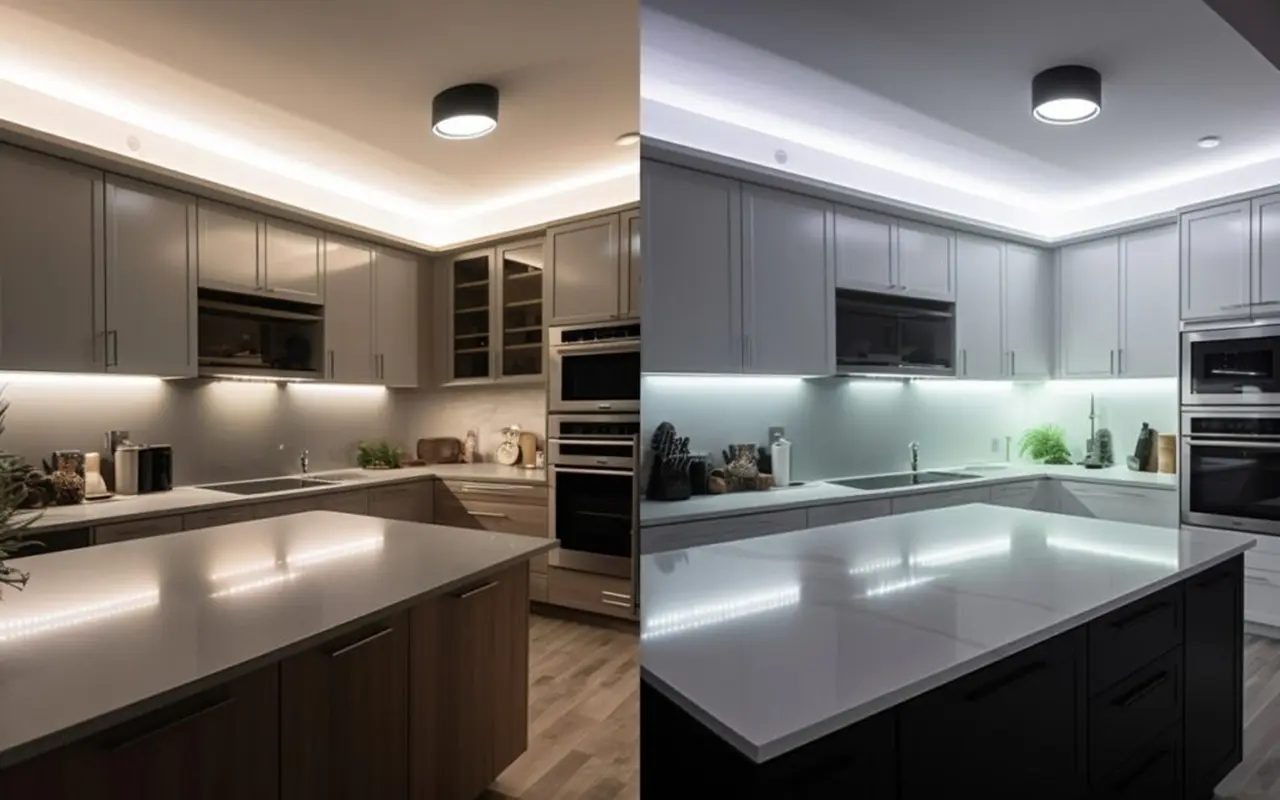

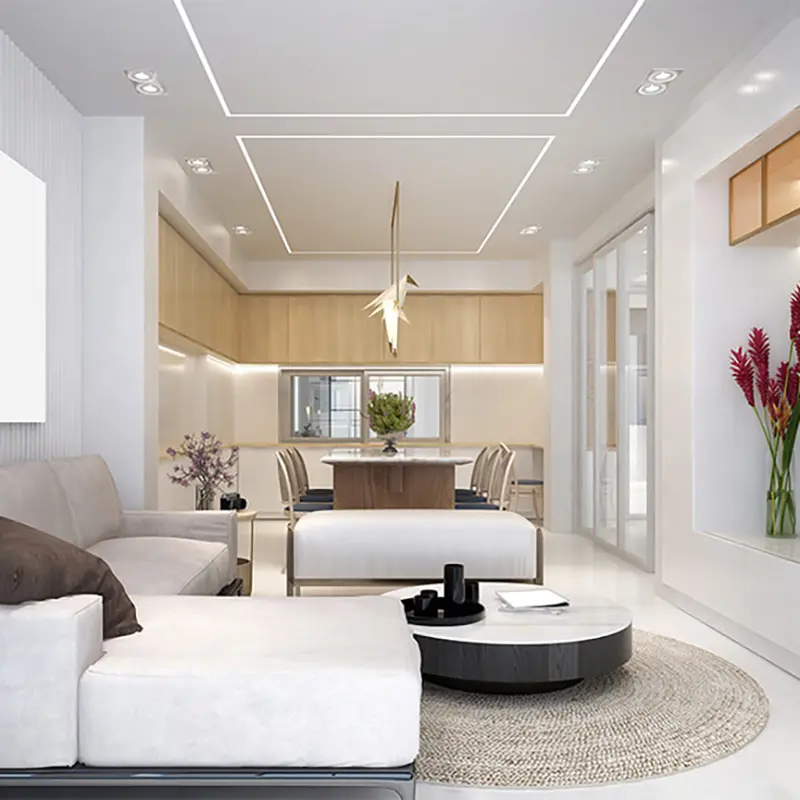
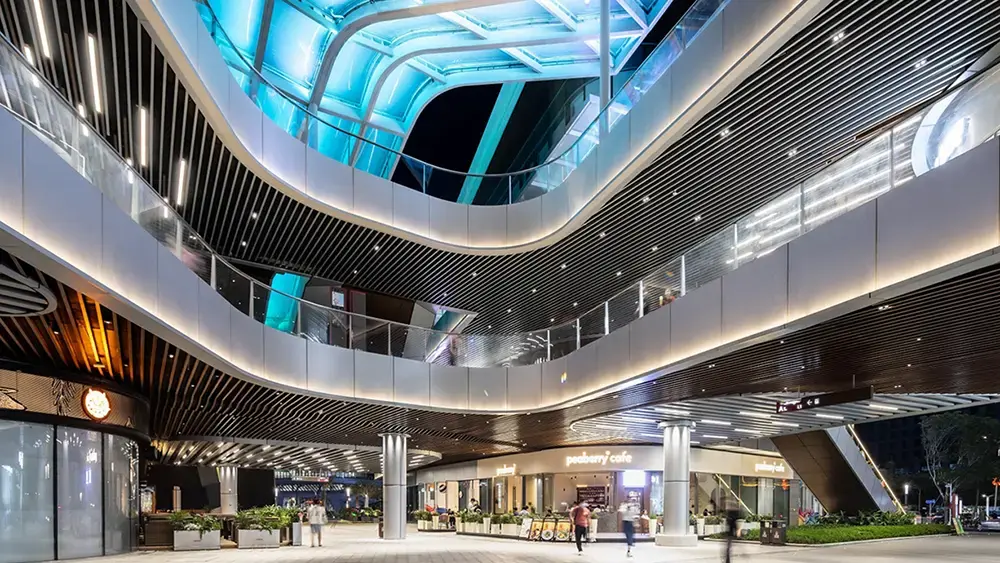



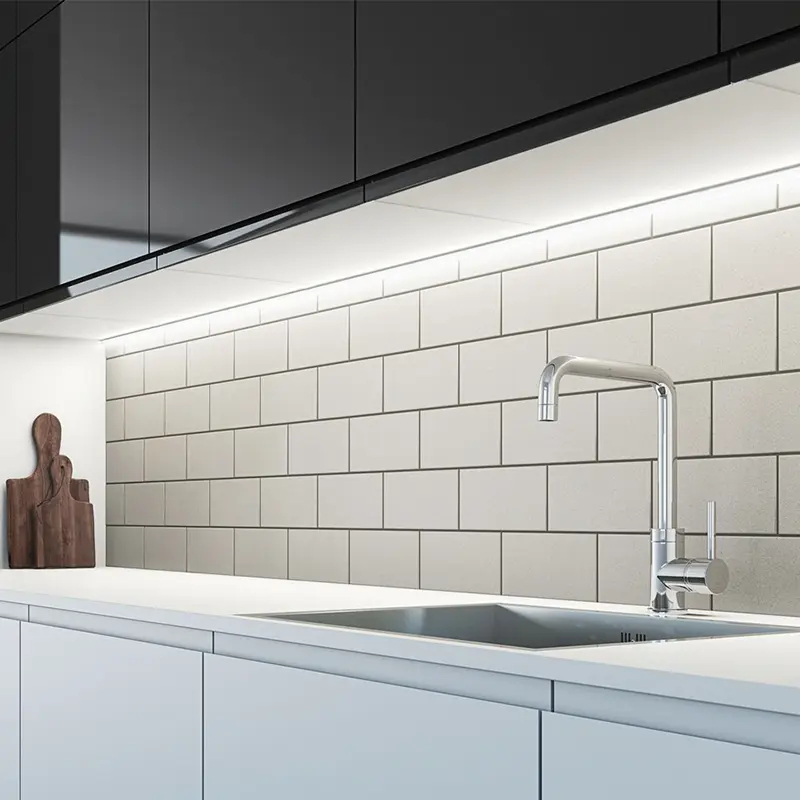
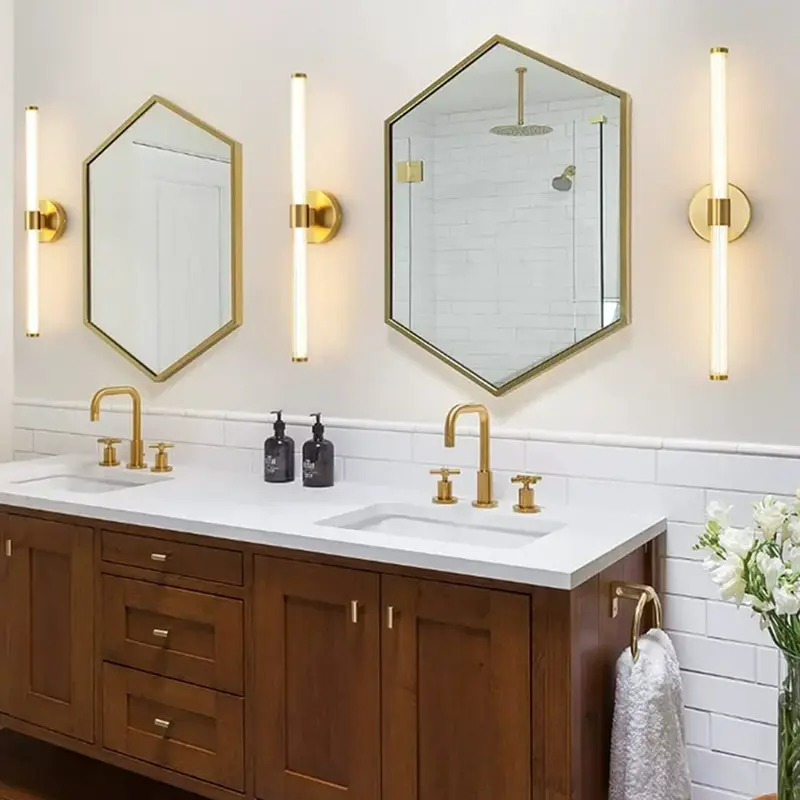

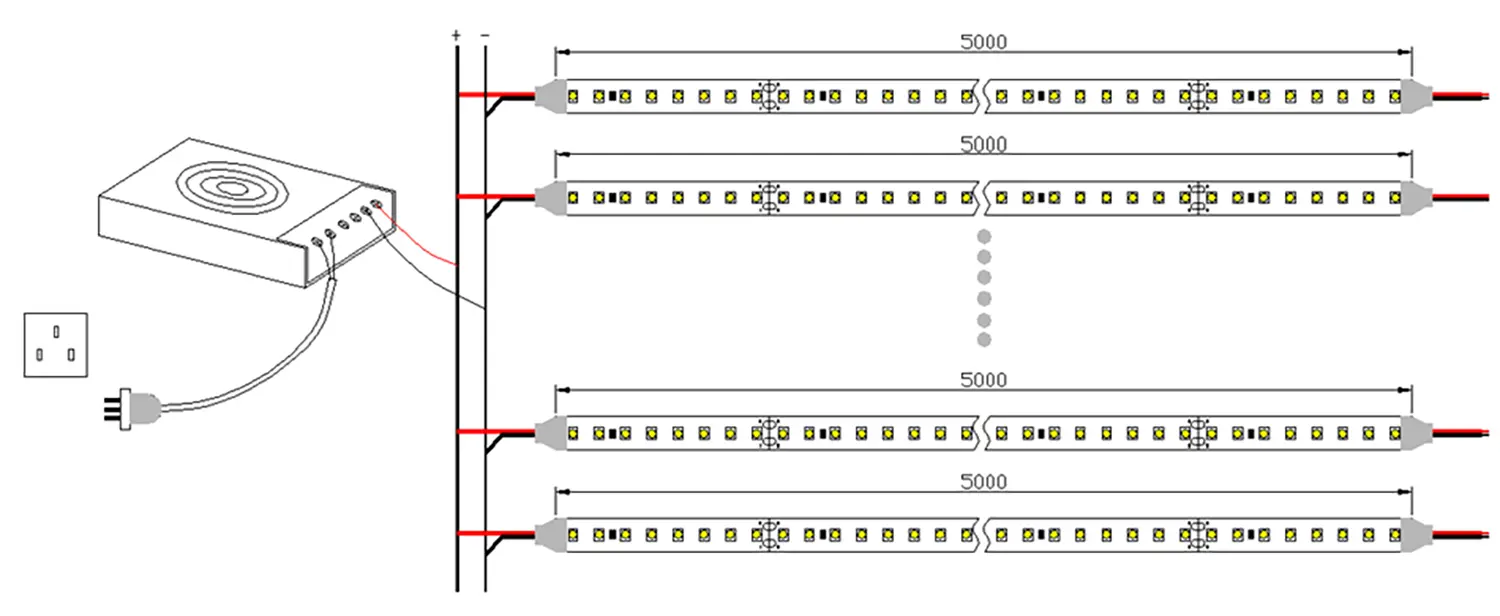
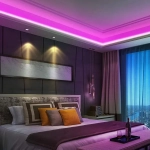
返信を残す
ディスカッションに参加したい方はこちらお気軽にご投稿ください!